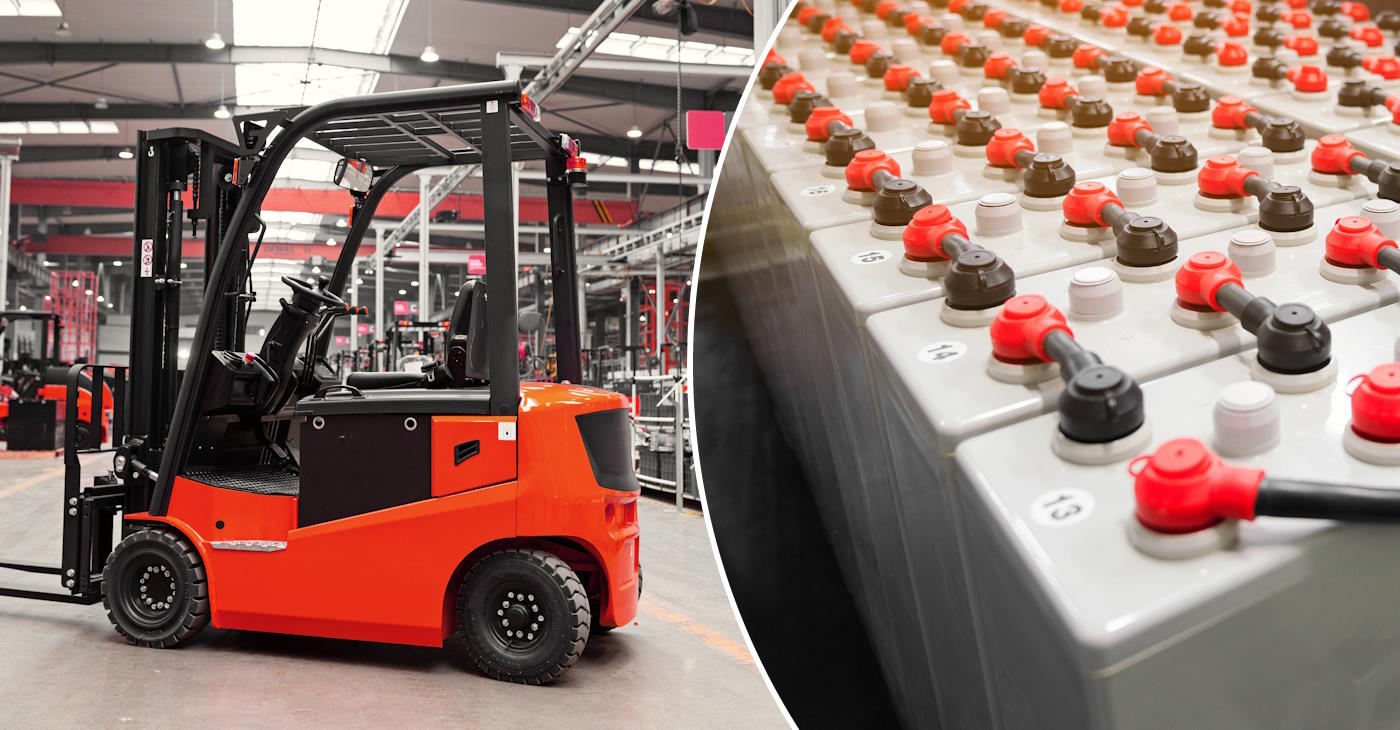In almost all of the modern warehouses and industrial environments, the most frequently encountered material handling equipment includes forklifts, pallet jacks, conveyor systems, and automated storage-and-retrieval systems (ASRS). Among these, forklifts often stand out as the workhorses of day-to-day operations, used for lifting and transporting goods over short to medium distances. Pallet jacks, both manual and electric, handle lower-volume tasks or narrower aisles where forklifts cannot easily maneuver. Conveyor systems facilitate continuous flow of products along fixed pathways, and ASRS solutions automate the retrieval or placement of items in storage racks. All these machines and tools play a crucial role in ensuring efficient movement of goods, helping facilities keep pace with production schedules and customer demands. Let’s have a broader look at material handling equipment below, how maintenance is done, and other points of interest.
So, what is material handling equipment?
Material handling equipment (MHE), as stated above, refers to all machinery, vehicles, and tools designed to move, store, control, and protect materials throughout their lifecycle. These materials can be raw inputs, work-in-progress items, or finished products. According to technical standards from organizations like the Material Handling Industry (MHI), MHE spans a wide range: from manual devices (like hand trucks) to fully automated systems (like robotic sortation solutions). A well-planned arrangement of MHE can significantly reduce labor costs, minimize operational risks, and streamline the entire logistics chain.
In essence, MHE stands at the intersection of engineering, ergonomics, and logistics. It aims to handle materials safely and efficiently, whether that involves delicate goods in a pharmaceutical facility or bulky construction components in a sprawling distribution center. Each piece of equipment is uniquely designed to perform specific tasks, typically involving some combination of lifting, stacking, sorting, or transporting.
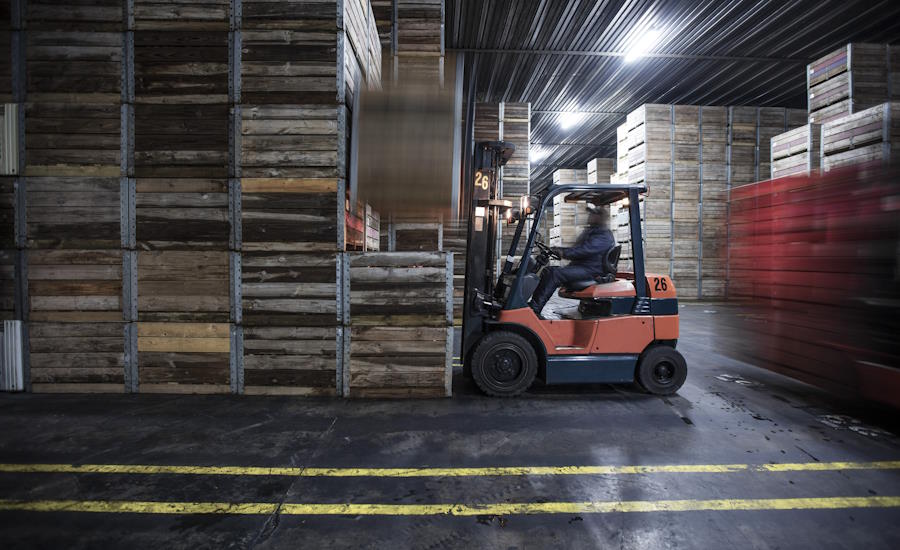
The 4 functions all material handling equipment must perform
From a technical standpoint, most experts group the essential functions of material handling equipment into four categories:
1. Movement – Shifting items from one location to another, whether horizontally or vertically.
2. Storage – Holding materials in an organized manner, often using shelving systems, racks, or automated solutions.
3. Control – Tracking materials, monitoring inventory levels, and ensuring proper flow through the facility.
4. Protection – Preventing damage to both the material and the worker, often through guardrails, safety sensors, or enclosure systems.
Equipment may excel at one function over another. For instance, a forklift emphasizes movement and protection (through load handling features), whereas an ASRS will prioritize storage and control. However, all forms of MHE collectively contribute to a safer, more efficient work environment.
Machines and tools up for the job!
Many different machines and tools can be classified under the MHE umbrella, reflecting the diversity of operational needs. Pallet racks, mezzanines, and shelving systems fall under storage solutions, while overhead cranes, hoists, and lifts help move heavier loads in manufacturing settings. Automated guided vehicles (AGVs) shuttle goods around large facilities without a driver, guided by sensors or pre-programmed pathways. Hand trucks, scissor lifts, and drum handlers address more specialized or smaller-scale tasks. Even logging trucks, cargo trucks and similar fall into this very same category! Each of these tools serves a unique function but, when integrated into a cohesive system, they enhance overall productivity and safety.
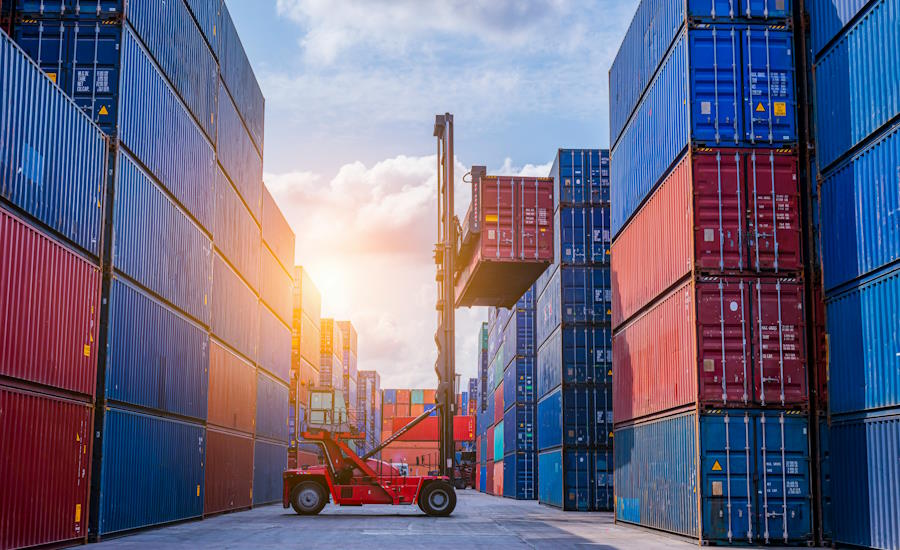
Most important material handling equipment – the forklifts?
In a lot of facilities, forklifts rank among the most critical pieces of machinery. Their versatility allows them to handle pallets, crates, and other load carriers, shifting them quickly between trucks, storage racks, and production lines. Forklifts can operate indoors or outdoors, equipped with pneumatic or cushion tires to suit the terrain. While large distribution centers may rely heavily on conveyor belts and automated systems, forklifts remain indispensable for tasks requiring greater flexibility and maneuverability. Pallet jacks and specific vehicles like reach trucks or order pickers might see heavy use too, but forklifts usually dominate in terms of sheer load capacity and operational range.
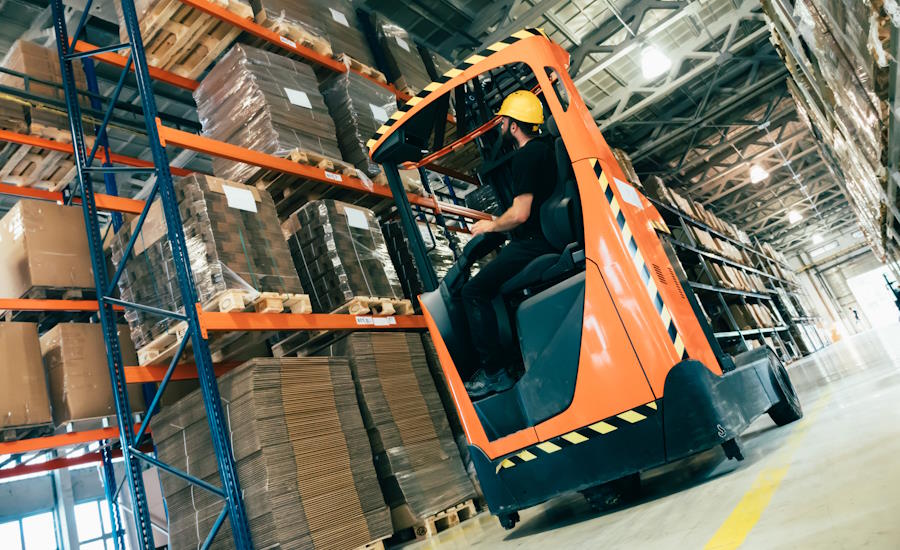
The many models of forklifts
Forklifts themselves come in multiple designs, each tailored to a specific environment. Counterbalance forklifts, the most common variety, feature a weight at the rear to offset the load on the forks. Reach trucks, with their extended mast, are often utilized in narrow aisles for high-level racking. Order pickers elevate both the operator and forks, enabling efficient picking of individual items from tall racks. Rough-terrain forklifts boast larger tires and robust suspensions for use in outdoor construction or agricultural settings. Each type caters to a different niche, ensuring that warehouses and industrial sites can select an optimal lifting solution for their layout, load demands, and aisle widths.
Electric is the way to go – in most cases
A growing trend in material handling, driven by environmental regulations and a push for cleaner operations, is the widespread adoption of electric forklifts. Many facilities now favor electric-powered models over diesel or gas alternatives for indoor use because they produce zero direct emissions, create less noise, and often require less frequent maintenance of the powertrain. While diesel forklifts remain common in outdoor applications where heavier loads and rough terrains demand high torque, electric forklifts steadily gain ground due to advancements in battery technology and a focus on reducing carbon footprints. As a result, it is not uncommon to find entire fleets of battery-powered forklifts operating within large indoor distribution centers or production facilities.
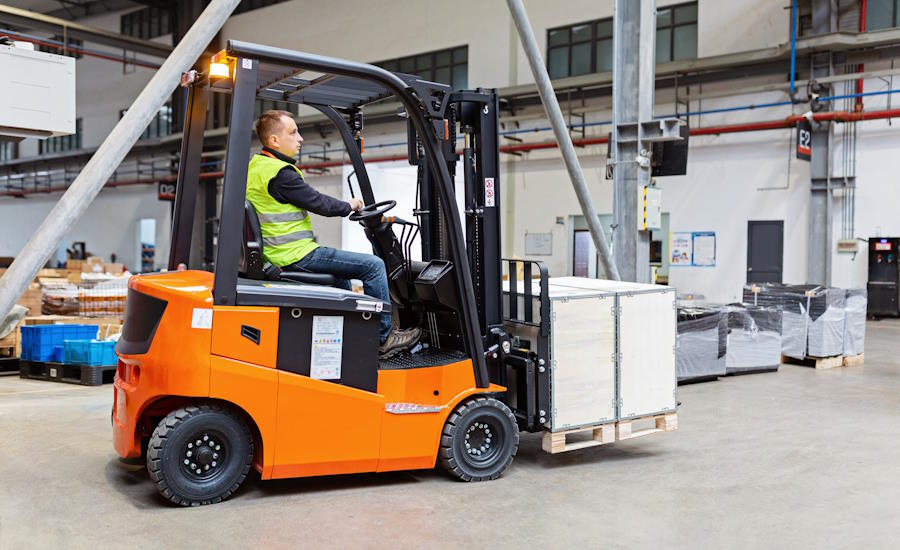
Battery lifespan – expect around 5 years
The typical lifespan of a forklift battery can of course vary widely, but with careful usage and proper maintenance, most industrial lead-acid batteries can last between 1,500 and 2,000 charge cycles. Translated to operational terms, that might mean anywhere from three to five years of routine service. More advanced lithium-ion batteries sometimes provide longer operational hours per charge and can sustain more charge cycles, potentially extending the useful life to five years or beyond. However, real-world performance depends heavily on adherence to best charging practices, load demands, and environmental conditions such as temperature and humidity.
In search of new batteries for your forklifts? Look no further, because MidacBatteries.se have exactly that! Whether you need forklift batteries, AGV batteries, industrial block batteries or similar, Midac is the number one choice.
Different types of batteries
Through history, lead-acid batteries have dominated the forklift sector due to their proven reliability and relatively low cost. Their design uses liquid or gel-based electrolytes, and they require periodic checks for fluid levels. In contrast, lithium-ion batteries have emerged as a stronger contender, offering quicker charging times, higher energy density, and less maintenance. Some facilities also explore fuel-cell technology, though this is less widespread because of higher initial investment and the need for specialized fueling infrastructure. Nonetheless, the industry’s shift toward more efficient, eco-friendly solutions keeps driving innovation in battery technology, making lithium-ion the choice for many new forklift fleets.

8-8-8 rule for extending the battery lifespan!
Regular inspection and consistent maintenance practices are crucial for maximizing battery performance. Ensuring that forklift batteries are never discharged below safe thresholds, typically around 20%, can greatly extend service life. Charging systems should be matched to the battery type and capacity; for instance, a lithium-ion battery may accommodate opportunity charging without reducing overall lifespan. Maintaining correct electrolyte levels in lead-acid batteries is equally vital, as insufficient fluid can lead to permanent cell damage. Proper ventilation, temperature control, and routine cleaning to remove dust or acid residue will reduce corrosion risks. Additionally, scheduling a consistent rotation of batteries in multi-shift operations ensures that no single unit is overworked, preventing accelerated wear.
The most common practice would be the so called 8-8-8 rule, which means to charge the battery for 8 hours, then leave it cooling down (resting) for another 8 hours, before you use it 8 hours straight. Then the cycle starts all over again. Simple and efficient! With this method, we can guarantee the lifespan of the battery will be utmost perfect.
Maintaining other equipment
Beyond forklifts, a comprehensive material handling equipment maintenance program should address conveyor belts, automated guided vehicles, pallet jacks, cranes, and other machinery. For conveyors, regular inspection of belts, rollers, and motors can prevent sudden failures. Tension adjustments, lubrication of bearings, and alignment checks will prolong service life. AGVs and ASRS units typically rely on complex electronics, which demand firmware updates and diagnostic scans to ensure optimal routing and functionality. Pallet jacks, though simpler, benefit from periodic checks of hydraulic fluid levels, wheel conditions, and fork integrity. Cranes and hoists require both mechanical inspections—such as verifying cable integrity—and electrical system testing to comply with safety regulations. Across all categories, consistent documentation of maintenance activities helps identify patterns, detect potential failures early, and comply with workplace safety standards.
A strong focus on training also contributes significantly to equipment longevity. Operators who know how to use machinery correctly are less likely to subject it to unnecessary stress, reducing breakdowns and downtime. An inclusive maintenance strategy might incorporate predictive and preventive approaches, employing sensors or scheduled checks to address issues before they escalate. Ultimately, well-maintained MHE not only yields higher productivity but also reduces the likelihood of accidents, equipment damage, and costly emergency repairs.

Wrapping it up – material handling equipment and the importance of maintenance
By maintaining diligent practices around material handling equipment and their maintenance, warehouses and industrial facilities can improve operational efficiency, safety, and sustainability. From optimizing battery care in forklifts to inspecting belts on conveyor systems, each step contributes to a more resilient logistics chain. Equipped with a thorough understanding of what MHE is and how to keep it in prime condition, both newcomers and industry veterans can ensure that materials move smoothly through every stage of production and distribution.

